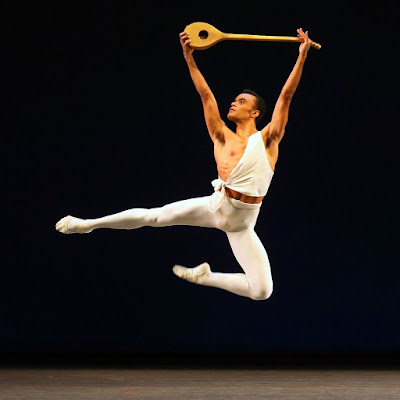Met's New Wozzeck: Waltzing Into Misery; The Sound Inside Spoilers
William Kentridge's Wozzeck, photo @ Ken Howard The actual Vienna might be celebrating the holidays with its traditional series of Christmas/New Years concerts that are filled with merry waltzes, but in rainy New York the Metropolitan Opera there's a very different, iconic Viennese work on display. Alban Berg's Wozzeck is the work perhaps the most closely associated with the Second Viennese school. It made for grim holiday fare but was a gripping night of opera.






